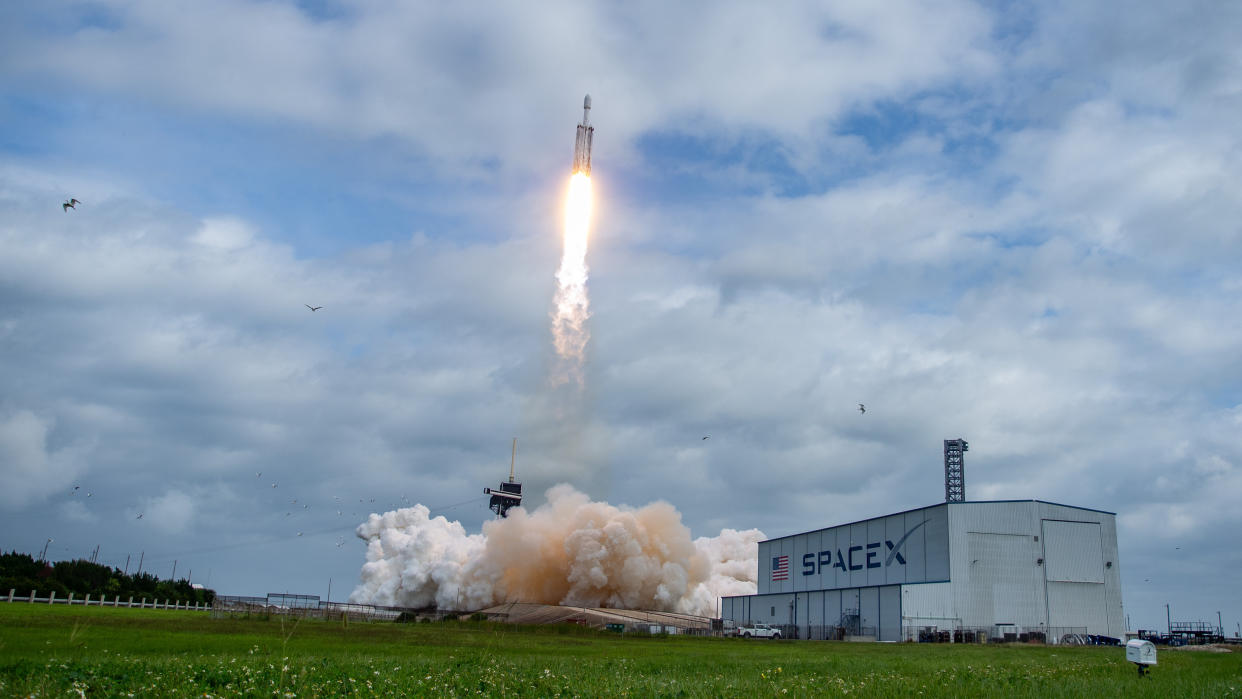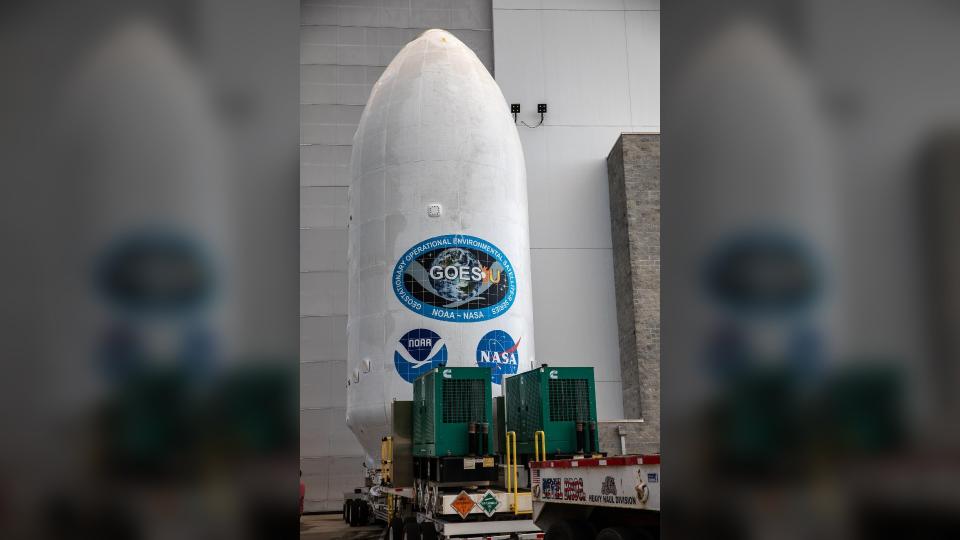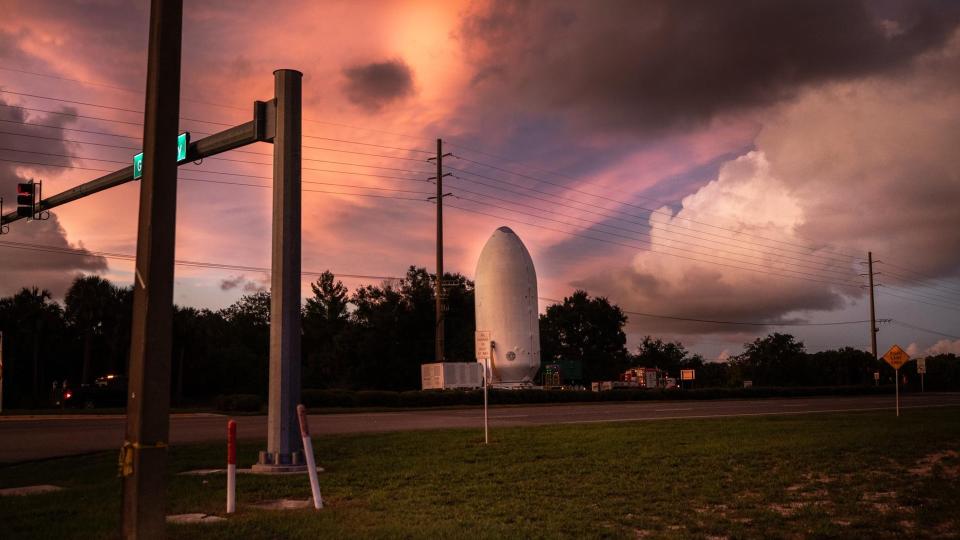How to watch SpaceX's Falcon Heavy rocket launch NOAA's GOES-U satellite on June 25

The final NOAA satellite in NOAA's GOES-R series of weather satellites, GOES-U, is set to head to space.
The two-hour launch window opens at 5:16 p.m. EDT (2116 GMT) on June 25 and the mission will aim for the stars on a SpaceX Falcon Heavy rocket from Launch Complex 39A at NASA's Kennedy Space Center on Florida's storied Space Coast.
If you're going to be in or around Cape Canaveral, there are many spots from which you can watch the rocket soar into the sky. Florida's Space Coast Office of Tourism has compiled a map and list of launch viewing venues including beaches, parks, and restaurants surrounding Kennedy Space Center you can camp out at. Don't want to leave the house or travel to Florida? You can watch the launch live here at Space.com thanks to NASA. Coverage begins at 9:30 a.m. EDT (1330 GMT).

"Every launch is worth watching, it's something fun and exciting," Rex Engelhardt, GOES-U Mission Manager for NASA's Launch Services Program, told Space.com. "It is kind of a show and it's over quickly. With the booster return you get, it's nice — you get to stretch it out a little bit."
Related: The GOES-U satellite will catch a ride to space on SpaceX's Falcon Heavy rocket

The first launch of the series, GOES-R, was in 2016, followed by GOES-S and GOES-T in 2018 and 2022, respectively. But compared to its three predecessors in the series, GOES-U will be quite the shining star in the constellation.
Not only will GOES-U have all the bells and whistles like its siblings — featuring instruments that provide state-of-the-art advanced imagery, take atmospheric measurements of Earth's weather, oceans and environment, as well as real-time mapping of total lightning activity — but GOES-U will also have improvements to each component based on what adjustments NOAA found were needed from the earlier trio.

Related Stories:
— Next-gen satellites will paint a clearer picture of a changing Earth
— 2024 hurricane season should be busy, NOAA says
— Next-gen satellites will paint a clearer picture of a changing Earth
"Our five-decade partnership with NOAA has resulted in the successful operation of more than 60 satellites dedicated to weather forecasting, severe storm and hurricane prediction, and climate observations. We're very excited to complete the four satellite GOES-R series with the most capable geostationary weather satellites in our nation's history," John Gagosian, director of NASA's Joint Agency Satellite Division, said in a virtual media briefing last month. "I'm proud that NOAA and NASA have collaborated so well over the life of the GOES-R program. We are poised for a very strong finish."
The successor to NOAA's GOES-R series will be the Geostationary Extended Observations (GeoXO) satellite system, which is scheduled to launch in the early 2030s.
